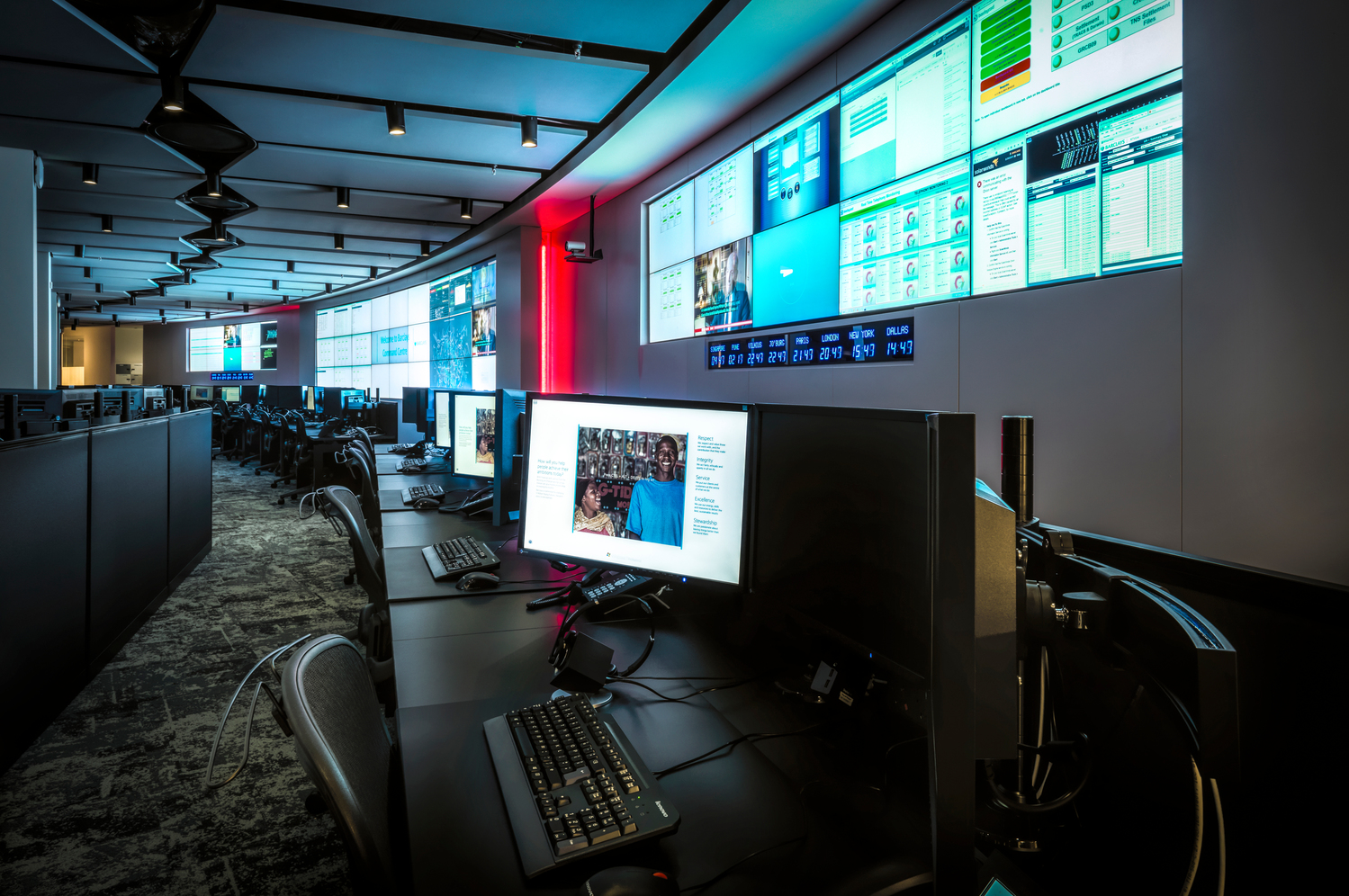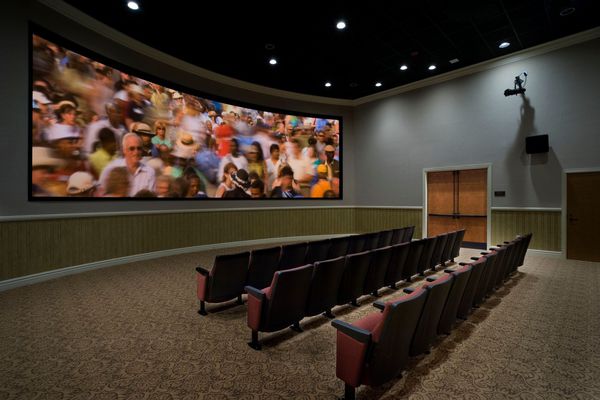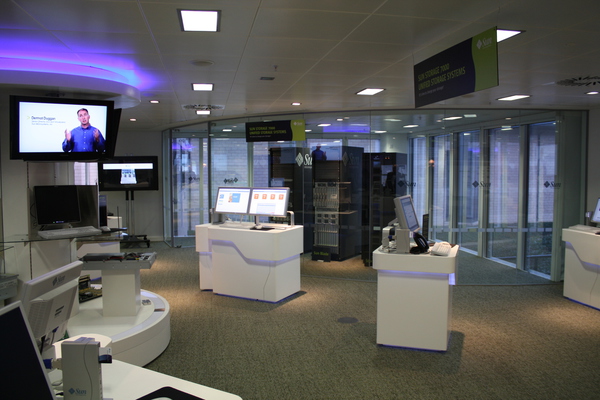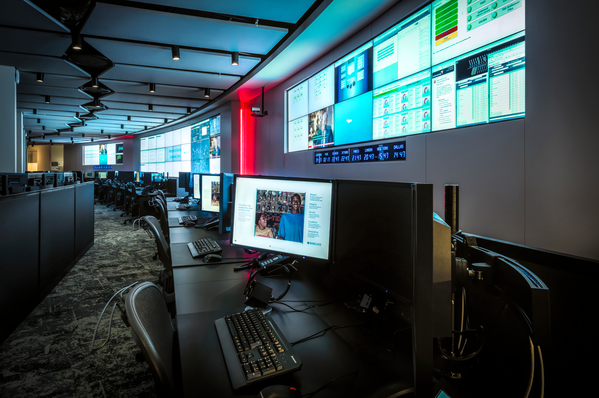
What You Need to Know About the 4 Most Popular AV Display Technologies
As we discussed in last week’s post, every successful audiovisual deployment starts with gaining a clear understanding of the application. After all, understanding the application helps build the foundation for deployment. Once armed with this knowledge, it’s time to begin considering the various technologies available to deliver the best return on investment, and equally importantly, your ability to achieve the desired experience.
In a continuation of our discussion with Christie Digital’s Product Manager Ted Romanowitz, let’s take a look at the pros and cons of today’s offerings within each of the four primary visual categories – projector, flat panels, tiled LCD and LED.
Could a Projector Address Your Application Needs?
The benefits of selecting a projector are quite clear. As a mature technology, projectors are the fastest and least expensive option to deploy, especially when considering the ability to scale screen size. Today’s projector technologies are also capable of delivering different levels of brightness at various price points. Likewise, various lens options exist – enabling projectors to fit evolving applications. Power consumption is not a major concern and they are relatively easy to install.
Of course, there are some drawbacks when utilizing a projector. For instance, to deliver an optimal experience they require low ambient light or heavily controlled lighting. When high brightness is a necessity, it adds ambient noise. And, active cooling means there are moving internal parts.
Ultimately, the best applications for projectors include larger format rooms where aligning budget with screen size is the primary consideration.

Considering Flat Panels
With many affordable options, the easy to install and use flat panels have gained in acceptance over the past decade. They have ability to deliver high resolution output on a large format greater than or equal to 98 inches. Flat panels can also accommodate interactive touch applications.
There are limitations to flat panels. Specifically, readily available units are limited to 98” without the ability to scale. They provide a fixed resolution aspect ratio and offer limited color spectrum, black levels, contrast, viewing angle and brightness. Flat panels are also susceptible to glare. And significant differences between commercial and consumer grade LCDs.
Flat panels can thrive when the application calls for a small to medium sized space or centers around the deployment of digital signage.

Assessing the Dynamics of Tiled LCD
Tiled LCD provides scalable size and resolution. They are energy efficient without generating significant heat. Tiled LCD units offer 24/7 mission critical reliability with the ability to address unique specifications common in artistic and architectural applications. They are often the least extensive, scalable DV technology.
Although the tiled nature provides great scalability, the bezels still exist, which results in incremental resolution scaling. There are also noticeable limitations with the color spectrum, black levels and contrast. Color shift also occurs in low brightness situations.
Scalable, high resolution video walls are currently the best application for tiled LCD deployments.

Is the Popular LED Display Right for You?
The increasingly popular LEDs have an undeniable ability to deliver seamless, high impact visuals. They have flexible size to resolution aspect ratio with 24/7 mission critical reliability. Most LEDs are passively cooled with a longevity of 100,000 hours.
The drawbacks with the current LED technology include a pixel pitch that delivers a limited viewing distance. Proper mounting and alignment critical to deliver anticipated experience. Energy efficiency and heat remain ongoing concerns. And, the investment can be quite significant.
When an application requires a seamless scalable video wall with stunning visuals, it is hard to beat the experience provided by LED displays.

Bottom Line: While fully understanding the characteristics of the application enables you to build a foundation for success, taking the time to select the right hardware is a key aspect of designing a AV project. Having the right partner can play an instrumental role in keep each stage of the process on track to deliver value and the experience you desire.
Yiannis Cabolis
Yiannis Cabolis, Director of Technology Innovation at Electrosonic, shares the inside track on how technology drives innovation. He brings 30 years’ experience monitoring emerging technologies, developing best practices and driving Research and Development to solve challenges and help clients understand how to benefit from the latest engineered technology solutions.










.jpg?width=1500&height=995&name=ELC501_N17_medium%20(1).jpg)








































































































































































































